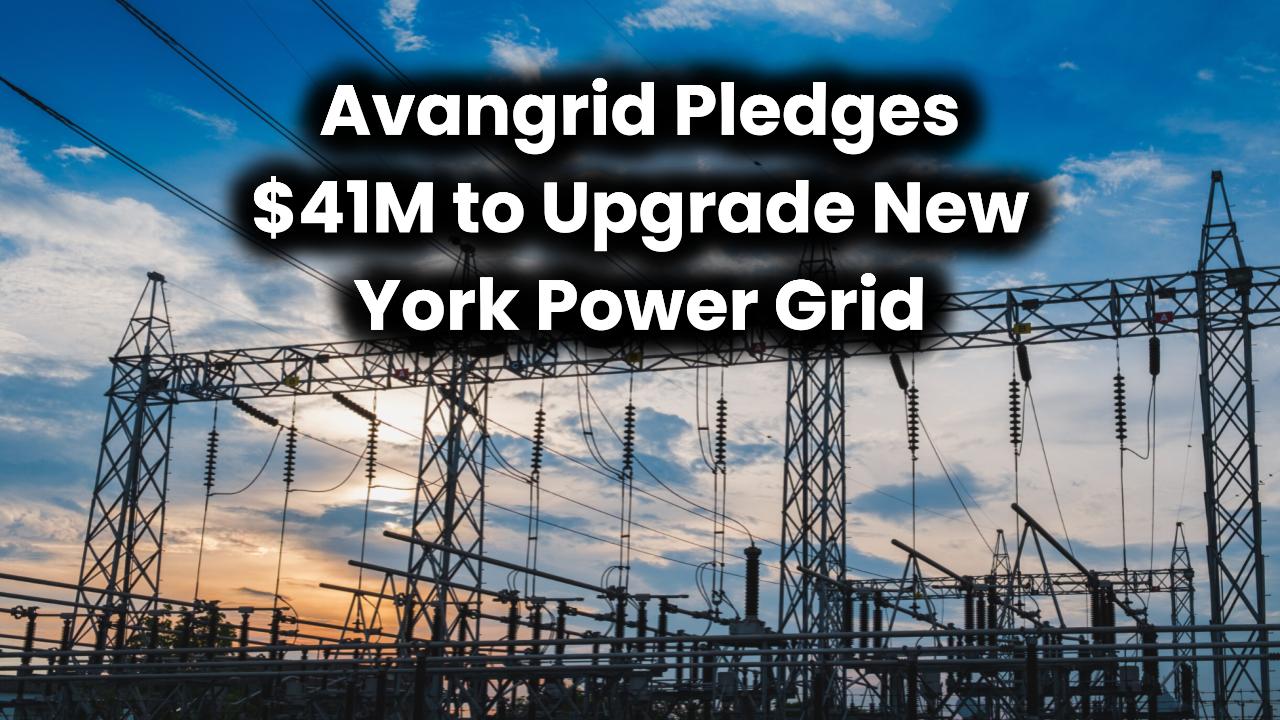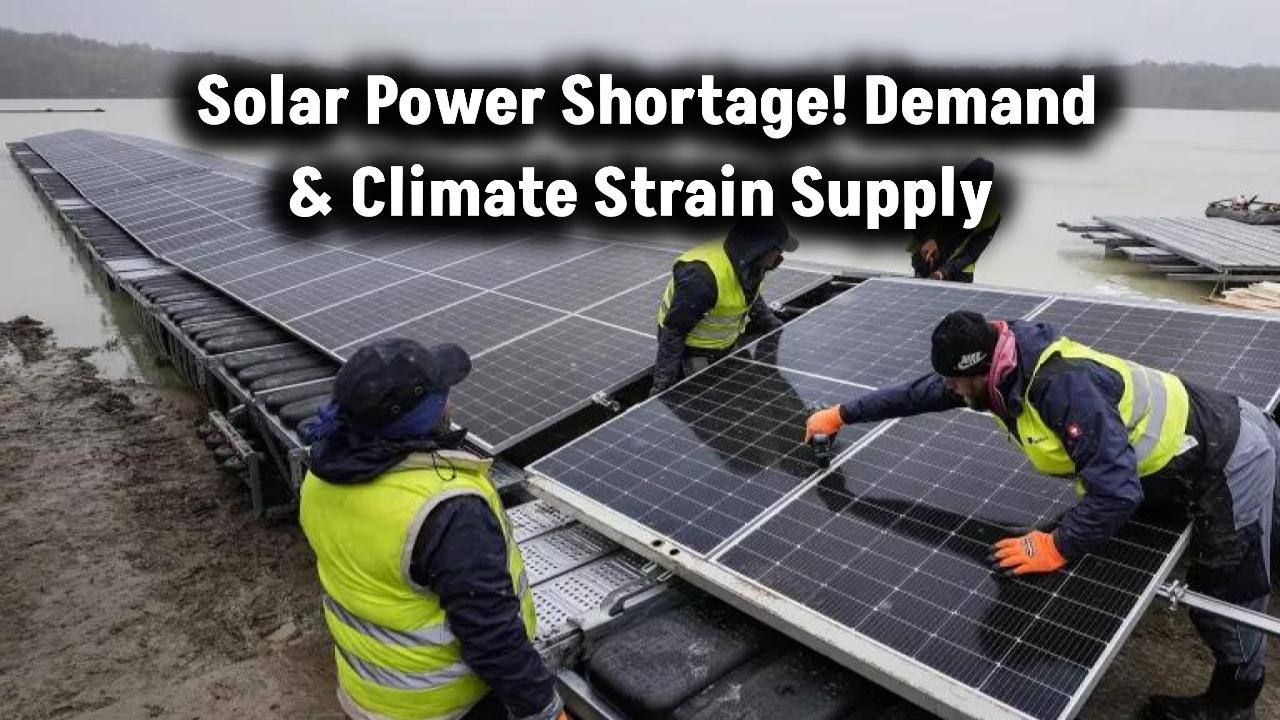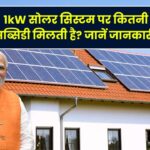
Martin Lewis, the UK’s most trusted money-saving expert, has recently sounded the alarm on solar panel investments. Known for his data-driven, no-nonsense financial advice, Lewis has urged UK homeowners to proceed with caution before installing solar panels. While solar energy can be a fantastic long-term investment, his warning points to hidden pitfalls, financing traps, and overestimated savings that could turn a good decision into a costly mistake.
As more households look to escape rising energy bills and embrace renewable energy, understanding Martin Lewis’s warning on solar panels is crucial. In this article, we break down his message, explain the risks and rewards of solar, and guide you on how to make the best decision for your home and wallet.
Also Check: What Can a 3kW Solar System Really Run? The Answer Might Change Your Mind About Going Solar
Why Is Martin Lewis Warning Homeowners?
Lewis isn’t against solar power. In fact, he strongly supports clean energy and long-term savings. However, his warning is focused on how people buy and install solar panels. He highlights several risks that could affect thousands of homeowners:
- Misleading “free solar panel” offers that are actually long-term leases
- Financial agreements that reduce your home’s resale value
- Overestimated savings that don’t align with real usage patterns
- DIY installations that void warranties and may be unsafe
“Solar can be a great investment, but only if you understand the numbers and do it the right way,” Lewis said in an appearance on ITV’s This Morning.
What Solar Panels Really Cost in 2025
According to Which?, the average cost of installing a 3.5 kWp solar panel system in the UK is around £6,500. Larger systems can reach up to £12,000. Costs can vary based on roof size, location, installer fees, and type of system (e.g., hybrid with battery storage).
Cost Breakdown:
| Component | Estimated Cost (£) |
| Solar Panels (3.5 kWp) | 4,000 – 6,000 |
| Inverter | 1,000 – 1,500 |
| Mounting + Cabling | 500 – 800 |
| Installation | 800 – 1,200 |
| Total | £6,000 – £8,500 |
If you choose a battery system, add £2,000 to £4,000.
What You Actually Save and Earn
Direct Savings on Energy Bills
Solar panels reduce your reliance on the grid. If you’re home during the day and use appliances when the sun shines, your savings can be significant. On average:
- Annual energy bill savings: £100 – £300/year
- Best savings occur when you use electricity during daylight hours
Export Earnings: Smart Export Guarantee (SEG)
Through the Smart Export Guarantee, you can earn money by exporting unused solar energy back to the grid:
- Typical earnings: £150 – £800/year
- Paid by energy suppliers for each kWh you export
Combined total returns: ~£300 to £700/year, depending on system size and energy usage.
Additional Benefits:
- Reduced Carbon Footprint: Solar power reduces household CO2 emissions by up to 1 tonne/year.
- Increased Property Value: Homes with solar panels often command higher resale prices.
- Energy Security: Protects against future grid price hikes.
Financing Pitfalls to Avoid
Martin Lewis warns specifically against “free solar panel” offers or no-upfront-cost deals. These usually involve leasing your roof to a solar company. In return, they install panels and take most of the savings or SEG payments.
Major Drawbacks:
- You don’t own the system
- Reduces home value or complicates resale
- Locked into long-term contracts
- May be seen as a liability by lenders
Instead, Lewis advises paying upfront if you can, or using low-interest green home loans from reputable banks.
Also Check: They Said Solar Panels Cut Bills to Zero – But Here’s the Hidden Cost UK Homeowners Are Discovering
Is Your Home Right for Solar Panels?
Not every property benefits equally from solar. Before installing, consider these factors:
1. Roof Orientation
- South-facing: Ideal
- East/West: Acceptable, lower efficiency
- North-facing: Not recommended
2. Shade and Obstructions
- Trees, chimneys, and other buildings can reduce output
3. Roof Condition
- Roofs must be structurally sound and not due for replacement soon
4. Daytime Usage
- Households with high daytime energy usage benefit the most
Step-by-Step Guide to Safe and Smart Solar Installation
Step 1: Assess Your Energy Needs
Use past electricity bills to estimate average daily usage.
Step 2: Request Multiple Quotes
Get at least 3 quotes from MCS-certified installers (Find an installer).
Step 3: Check Eligibility for SEG
Ensure your system qualifies for payments from energy providers.
Step 4: Review Financial Options
Avoid lease deals. Look for government-backed green loans or local council incentives.
Step 5: Schedule a Roof Survey
Let the installer assess the structural strength and shading risks.
Step 6: Install and Register Your System
Once installed, register with an energy supplier to begin earning SEG payments.
(FAQs)
Is solar worth it in 2025?
Yes, if your home is well-suited and you use energy during the day. Payback takes time, but the long-term savings and earnings can be substantial.
What if I move house?
Owned systems increase resale value. Leased systems may complicate sales and deter buyers.
Can I install panels myself?
No. DIY installations may be unsafe and disqualify you from government incentives or SEG payments.
What happens at night or during winter?
You’ll still rely on the grid. Battery storage helps, but it adds cost.
Is maintenance required?
Minimal. Clean panels twice a year and check inverter performance regularly.
Also Check: Shocking Cost of a 2.5kW Solar System in 2025 – And Why Waiting Might Cost You More








